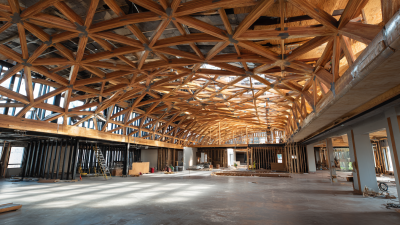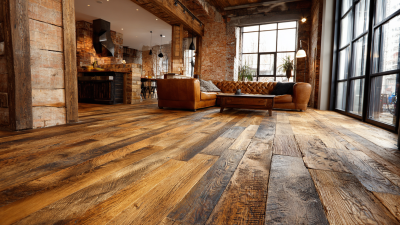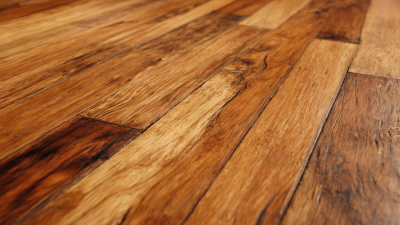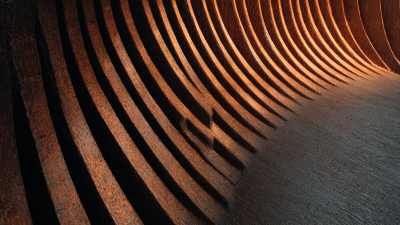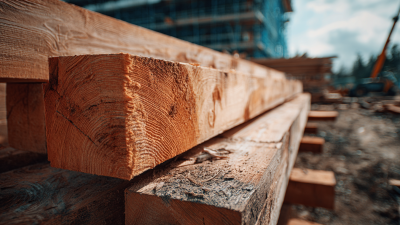Leave Your Message
-
Whatsapp
-
Whatsapp
Selecting the appropriate Joists Timber is crucial for the structural integrity and longevity of any construction project. According to a report by the Timber Research and Development Association (TRADA), timber remains one of the most popular materials in construction, with around 60% of new builds in the UK utilizing it in some form. Joists are essential elements in supporting floors and ceilings, and using the right type of timber can significantly affect not only the performance but also the cost-effectiveness of a build.
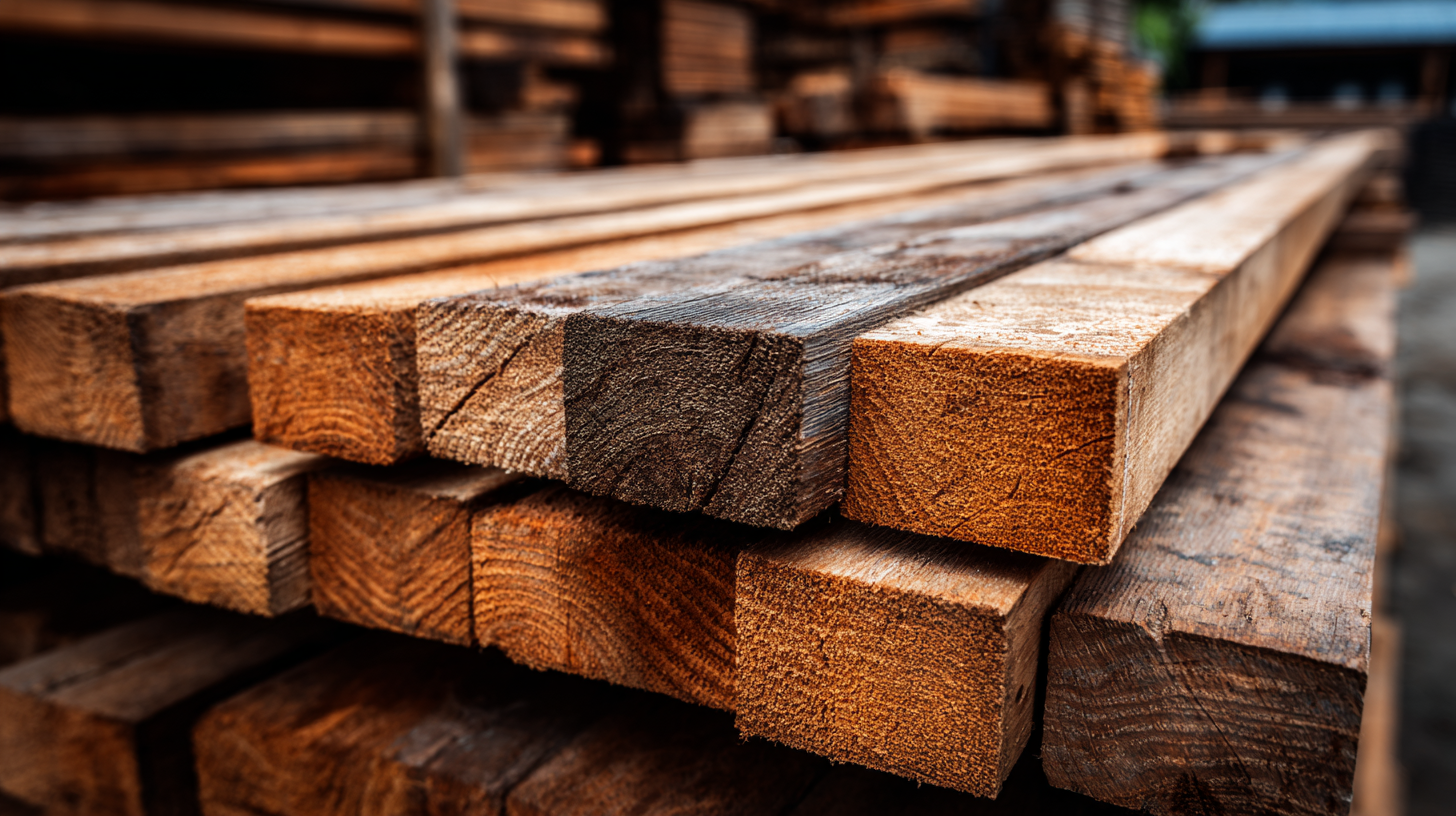
With various options available, including softwood, hardwood, and engineered timber joists, understanding their strengths, sustainability, and compliance with building regulations is vital. This guide will provide you with the insights needed to make an informed decision on Joists Timber that aligns with your project requirements.
When embarking on a construction project, selecting the right joist timber is crucial for ensuring durability and structural integrity. There are various types of joist timber, each suitable for specific applications. For instance, softwood like pine and spruce is commonly used in residential buildings due to its lightweight nature and cost-effectiveness. These timbers are easy to work with and are ideal for framing floors and roofs.
On the other hand, hardwood options such as oak or maple offer enhanced strength and are often used in commercial buildings where higher load-bearing capacities are necessary. Engineered wood products, such as LVL (Laminated Veneer Lumber) and I-joists, have become increasingly popular due to their superior strength and stability. They are designed for longer spans and can reduce the amount of timber needed, making them a sustainable choice for modern construction. Selecting the appropriate type will depend on various factors, including load requirements, environmental conditions, and project budget, ultimately impacting the success of the construction.
| Type of Joist Timber | Material | Load Capacity (lbs) | Span Length (ft) | Common Applications |
|---|---|---|---|---|
| Timber Joists | Softwood (e.g., Pine, Spruce) | 1,500 | 10 | Residential floors, ceiling supports |
| I-joists | Engineered wood (OSB, LVL) | 2,000 | 16 | Wide spans in commercial structures |
| Laminated Veneer Lumber (LVL) | Layers of wood veneer glued together | 2,500 | 18 | Beams, headers, long spans |
| Parallel Strand Lumber (PSL) | Strands of wood bonded with adhesive | 2,800 | 20 | Heavy structural support |
| Glulam | Layers of lumber glued together | 3,000 | 27 | Archways, beams in large buildings |
When selecting joist timber for your construction project, structural integrity is paramount. A recent review highlights that mass timber not only matches but often surpasses the performance of traditional materials like concrete and steel. This is particularly evident when considering factors such as strength-to-weight ratios and environmental sustainability. Mass timber systems also allow for flexibility in design, potentially leading to innovative load-bearing structures.
**Tip:** Always consider the wood species selected for your joists; different species offer varying strengths and performance characteristics. For instance, softwoods are typically lighter and easier to work with, while certain hardwoods may provide superior durability for specific applications.
Furthermore, the design development of timber construction systems shows advancements in efficiency and adaptability. Techniques that promote deconstruction and reuse are becoming more prevalent, ensuring that timber can be repurposed at the end of its lifecycle. This not only supports sustainability but also maximizes the value of your investment in materials.
**Tip:** Look for timber options that are certified for sustainable forestry practices. This not only guarantees the quality of the timber but also enhances the overall environmental credibility of your construction project.
When selecting joist timber for your construction project, understanding the load-bearing capacity is crucial. The load-bearing capacity refers to the maximum weight that a joist can support without compromising structural integrity. This capacity is influenced by several factors, including the type of wood, dimensions of the joist, and the spacing between them. For example, denser woods like oak or maple can typically support heavier loads than softer varieties like pine or spruce. It's essential to consult load tables or structural engineering guidelines that provide specifications based on different wood types and configurations.
Additionally, consider the intended use of the space and any potential dynamic loads that may affect the joists over time. For instance, a residential floor might need to accommodate furniture and foot traffic, while a commercial space could face equipment loads or storage provisions. It's advisable to engage with a structural engineer to ensure that the selected joists not only meet code requirements but also provide safety and durability for the specific application. By carefully evaluating these aspects, you can make informed decisions that enhance the longevity and stability of your construction project.
This chart compares the load-bearing capacity of various types of joist timbers used in construction projects. Understanding these values is essential for selecting the right timber for your project.
When choosing timber for construction projects, environmental impact is an increasingly crucial consideration. Opting for sustainable joist timber solutions not only supports responsible forestry but also contributes to the overall eco-friendliness of a building. Timber, both hardwood and softwood, from well-managed sources can significantly reduce the carbon footprint of constructions, making it an ideal choice for environmentally conscious builders.
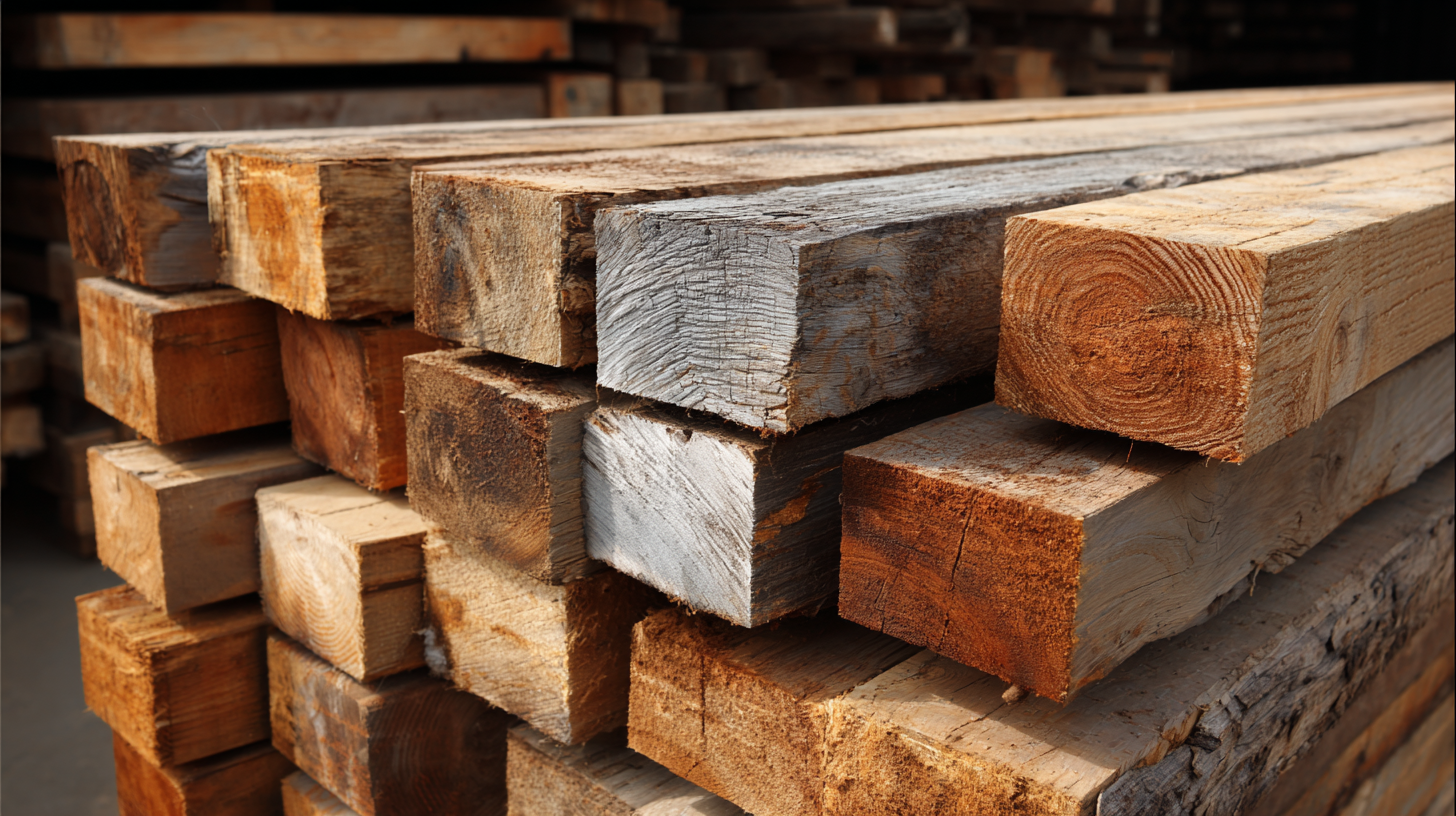
Tips for selecting sustainable timbers include prioritizing options certified by recognized organizations that endorse responsible sourcing practices. Look for local varieties to minimize transportation emissions while supporting regional economies. Additionally, consider the life cycle of timber products; choose designs that allow for disassembly and reuse, promoting adaptability and reducing waste.
Incorporating integrated sustainability assessments can further enhance your timber selection process. Evaluating products like larch and chestnut, known for their attractive environmental benefits, can lead to innovative cascading systems that maximize the utility of these woods. This approach not only ensures the efficient use of resources but also stimulates a circular economy within the construction industry.
When selecting joist timber for your construction project, a cost-benefit analysis is crucial for balancing quality and budget. The quality of timber directly impacts the structural integrity and longevity of your project. Higher-grade timber, while more expensive, often offers superior strength, better resistance to warping and pests, and a more aesthetically pleasing finish. Investing in quality joists can lead to fewer maintenance issues and lower replacement costs in the long run, ultimately saving you money over time.
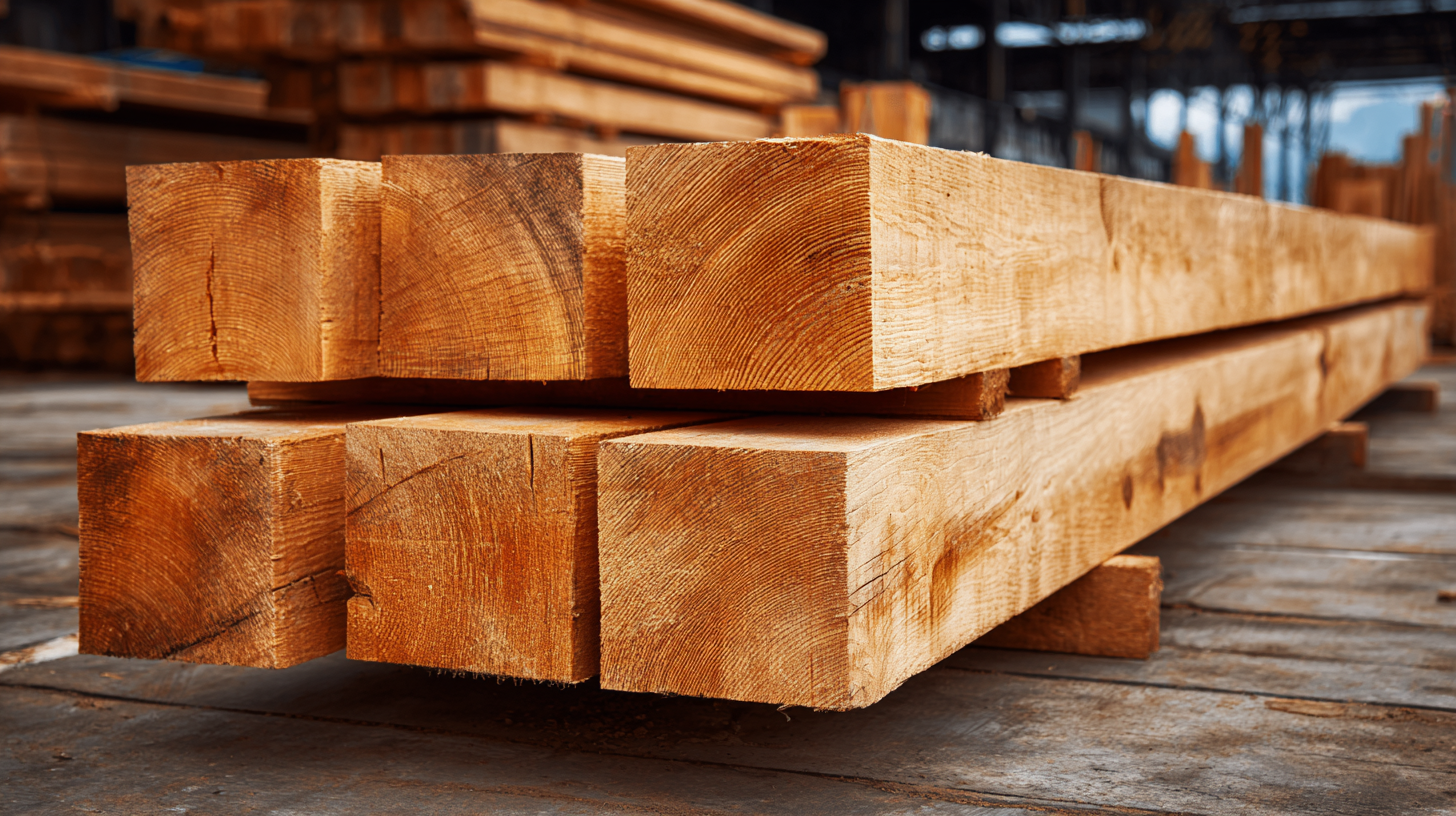
On the other hand, budget constraints are a reality for many construction projects. It’s essential to evaluate whether the lower-cost options provide adequate performance for your specific needs. Engaging in thorough research and perhaps seeking professional advice can help identify cost-effective alternatives that do not compromise the safety and durability of your structure. For instance, engineered wood products might offer a more budget-friendly yet robust option compared to solid wood. By weighing the benefits of high-quality timber against available budget options, you can make informed decisions that align with both your financial limitations and project requirements.

